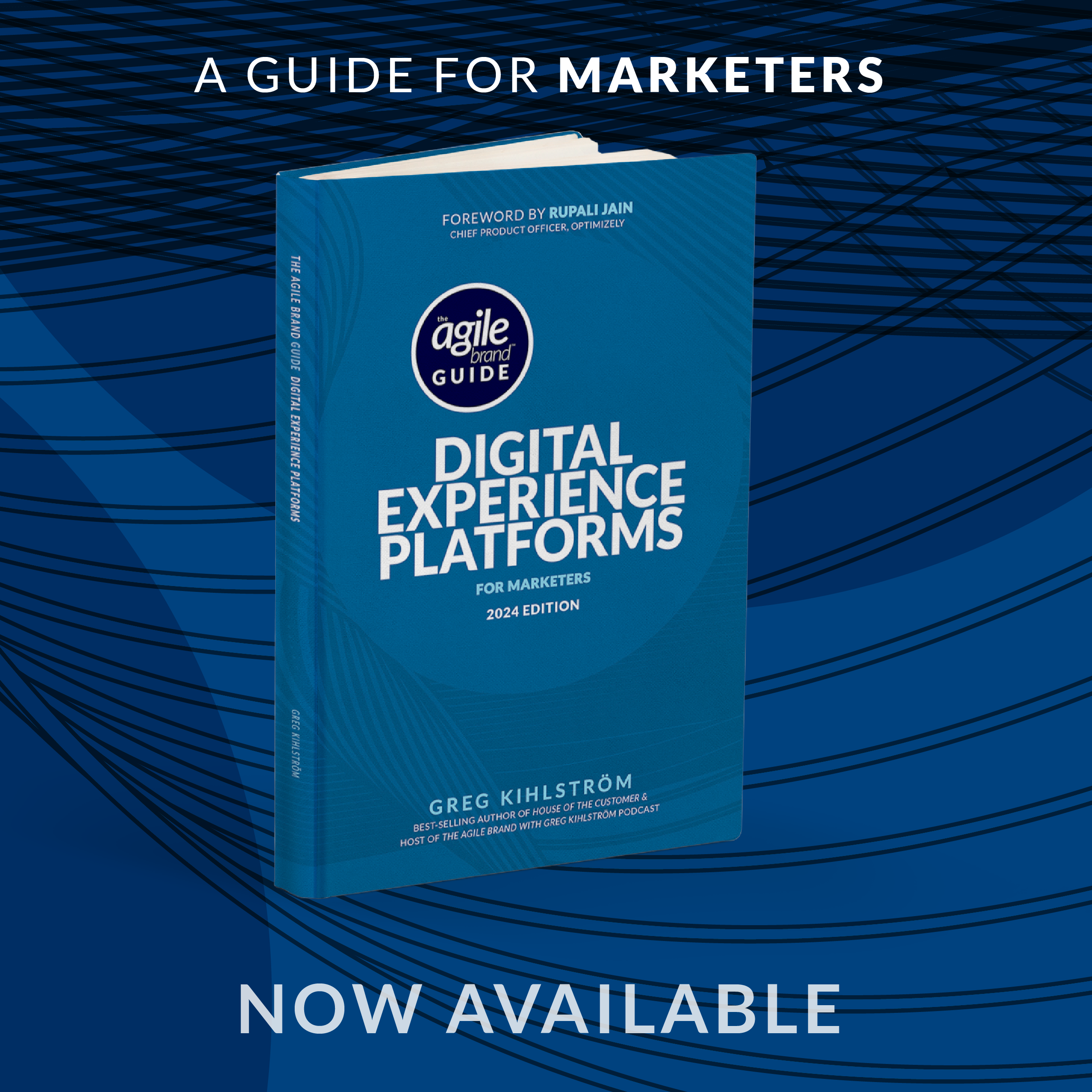This article was based on the interview with Jason Lapp of Beautiful.ai by Greg Kihlström, MarTech keynote speaker for The Agile Brand with Greg Kihlström podcast. Listen to the original episode here:
The integration of artificial intelligence (AI) into the workplace has sparked a mix of excitement and apprehension among employees. The fears surrounding AI—particularly the concern that it might replace jobs—are prevalent among many workers. However, fostering AI literacy within organizations can play a pivotal role in alleviating these fears and transforming the workplace into a more innovative and collaborative environment.
Understanding AI Literacy
AI literacy refers to the ability of employees to understand, utilize, and integrate AI tools effectively within their work processes. It encompasses not only the technical know-how but also an awareness of the implications, benefits, and limitations of AI technologies. As Jason Lapp, CEO of Beautiful.ai, points out, many employees harbor fears and uncertainties about AI, stemming from a lack of knowledge about how these tools function and their potential impact on jobs. By enhancing AI literacy, organizations can empower their employees to embrace these tools rather than fear them.
Addressing Employee Concerns
The podcast highlights findings from a survey conducted by Beautiful.ai, which revealed that a significant number of employees are apprehensive about AI tools in the workplace. These fears often stem from misconceptions about AI’s capabilities and its role in job displacement. Employees may worry that AI will automate tasks traditionally performed by humans, leading to job loss or reduced job security. However, by prioritizing AI literacy, organizations can dispel these misconceptions and foster a more informed workforce.
When employees are educated about AI, they can better understand its purpose as a tool designed to augment human capabilities rather than replace them. For instance, AI can automate mundane tasks, freeing up employees to focus on more strategic and creative aspects of their roles. This understanding can alleviate fears and encourage employees to see AI as a partner in their work, rather than a competitor.
Strategies for Fostering AI Literacy
To effectively integrate AI tools and alleviate workplace fears, organizations can implement several strategies aimed at enhancing AI literacy among employees. Firstly, training programs that focus on AI fundamentals, practical applications, and ethical considerations can equip employees with the knowledge they need to navigate the AI landscape confidently. These programs should be designed to be accessible to all employees, regardless of their technical background.
Secondly, organizations can create a culture of open communication where employees feel comfortable expressing their concerns about AI. By fostering an environment where questions are encouraged and addressed, organizations can build trust and transparency. This can be further supported by showcasing success stories of AI implementation within the organization, highlighting how AI has positively impacted teams and processes.
Additionally, involving employees in the decision-making process regarding AI tool selection and implementation can enhance their sense of ownership and reduce resistance to change. When employees have a say in how AI is integrated into their workflows, they are more likely to view these tools as beneficial allies rather than threats.
As AI continues to reshape the workplace, addressing employee fears and uncertainties is crucial for successful integration. By prioritizing AI literacy, organizations can empower their employees to embrace these technologies and leverage them to enhance productivity and innovation. The insights shared in the Agile Brand podcast underscore the importance of understanding AI not as a job-stealing force, but as a transformative tool that can enhance human potential. In doing so, organizations can cultivate an agile, resilient workforce that is prepared to thrive in an increasingly AI-driven world.










